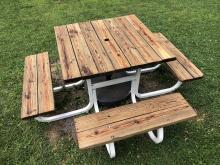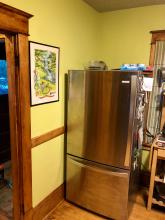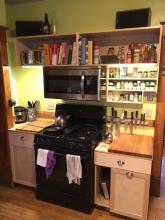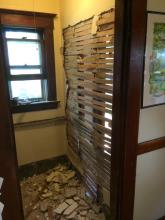As someone with too many hobbies and tools and projects, it's no surprise that space is my main limiting factor around the house and shop. It's probably for the best that space limitations help to moderate my project acquisition. Still, the garage is hitting maximum density, and I'd love to have a place to keep some of the things that I don't need to keep handy, like the extra set of car tires, and seasonal things like the mower and lawn furniture.
Enter the storage shed project.






